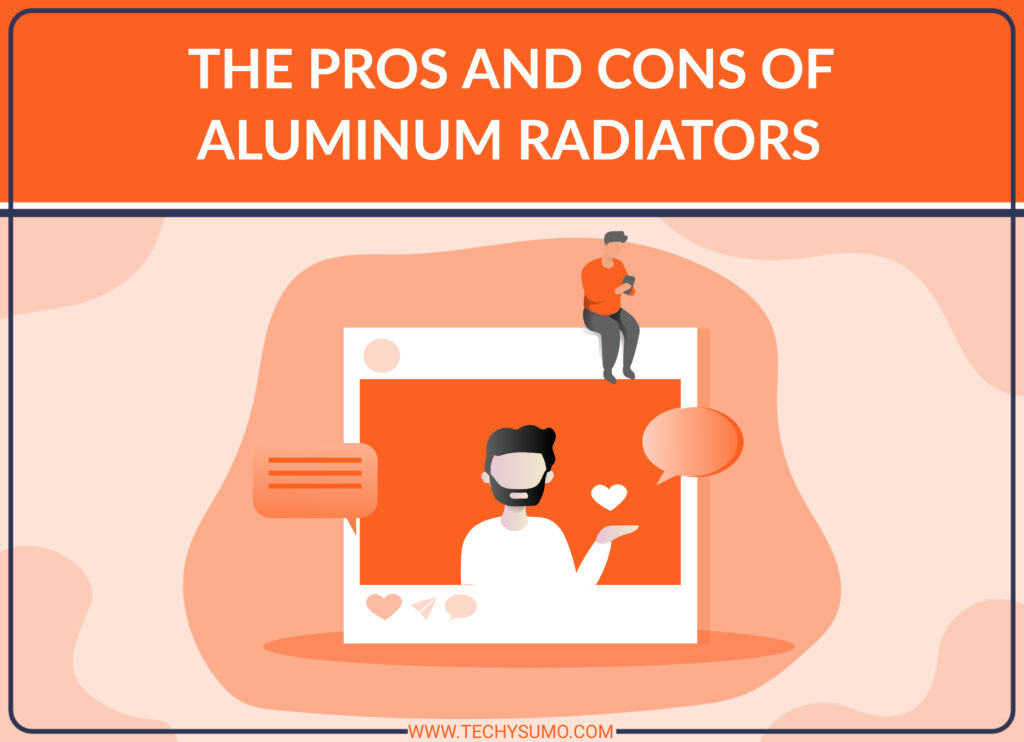The topic sounds technical. It is not. Two metrics guide slot expectations. Return to Player (RTP) and volatility. Each speaks a different truth. RTP tells how much a slot pays back over time. It is a long-run average. It is not a promise for one session. Volatility shows how uneven that journey feels. It measures the size and spacing of wins. It is about pace and pressure. Players see both values on major platforms, including 4rabet. The numbers look simple. The impact is not.
Table of Contents
- RTP Explained in Plain Terms
- Volatility Explained Without Jargon
- Why These Metrics Often Clash
- What RTP Really Gives the Player
- Quick Facts About RTP
- What Volatility Really Gives the Player
- Bankroll Strategy: Matching Metric to Goal
- When RTP Matters More
- When Volatility Matters More
- Putting It Together on Slot Choice
- Practical Example
- Bottom Line
RTP Explained in Plain Terms
RTP is a percentage. It shows expected payout over many spins. A slot with 96% RTP returns, on average, 96 units for every 100 wagered. The house edge is the rest. RTP uses huge sample sizes. It smooths bad and good streaks. A single night will not match the math. That is normal. RTP does not predict win frequency. It only frames the long-term exchange. Think of it as the climate, not today’s weather.
Volatility Explained Without Jargon

Volatility describes risk rhythm. Low volatility means many small wins. High volatility means rare hits with bigger size. It shapes emotions and bankroll stress. High variance can feel silent for long stretches. Then it can spike hard. Volatility also influences session length. Low variance stretches a budget. High variance can end a session fast. Or make it.
Why These Metrics Often Clash
A high-RTP game can still have high variance. The math can send value into fewer, larger prizes. A low-volatility game may have modest RTP but steady drips. So, RTP guides expected value. Volatility guides experience. One is the compass. The other is the terrain.
What RTP Really Gives the Player
RTP helps compare games on equal terms. A higher number is usually better over months, not minutes. RTP also helps with bonuses and wagering. Higher RTP wastes less of the bonus in theoretical loss. But RTP shifts by version and setting. Operators may host several RTP profiles of the same title. Players should check the info panel every time.
Also Read
Quick Facts About RTP
- It is a long-term metric, not a session forecast.
- It compares games for theoretical efficiency.
- It varies by game version and jurisdiction.
- It does not reveal hit rate or prize size.
What Volatility Really Gives the Player
Volatility sets expectation for streaks. It defines emotional load and budget planning. High volatility suits patient players. They accept long droughts for the shot at bigger swings. Low volatility fits casual sessions. It offers feedback and small wins to keep morale.
Quick Facts About Volatility
- It reflects win distribution, not total value.
- It affects bankroll swings and session time.
- It pairs with features like multipliers and free spins.
- It is often shown as low, medium, or high, not a precise number.
Bankroll Strategy: Matching Metric to Goal
Short sessions favor stability. Low or medium volatility makes sense. A decent RTP still helps. Long sessions with a set budget can chase variance. High volatility can be fine. A strong RTP remains wise. Bonus hunting leans on RTP first. Better RTP reduces expected loss during wagering. Volatility then tunes the ride.
When RTP Matters More
RTP takes the lead in these cases. The player wants maximum efficiency over many sessions. The player grinds loyalty rewards or wagering requirements. The player plays small stakes but plays often.
Checklist: RTP-First Scenarios
- Long-term play across weeks or months.
- Tight bankroll that needs less theoretical burn.
- Bonus clearing where every percent counts.
- Preference for steady incremental outcomes.
When Volatility Matters More
Volatility takes the lead when time is short and thrill is the point. The player is chasing features, not drip wins. The player accepts risk for a puncher’s chance.
Checklist: Volatility-First Scenarios
- Short, high-energy sessions.
- Appetite for large but rare payouts.
- Comfort with downswings and dry spells.
- Content creation that needs dramatic highlights.
Putting It Together on Slot Choice
First, check the RTP listed in the info tab. Aim for 96% or higher when possible. That protects value. Second, choose volatility to fit mood and budget. Low for calm. High for drama. Medium for balance. Third, set rules before spinning. Fix a stop-loss and a stop-win. Stick to both. Discipline beats impulse.
Practical Example
A player with 60 minutes and a small bankroll selects a 96%+ RTP slot with low to medium volatility. The goal is time on device and steady feedback. A player with a content stream plans high-volatility picks. The goal is big moments. The bankroll is prepared for swings.
Bottom Line
RTP answers the question “How efficient is this game over time?” Volatility answers “How wild will it feel tonight?” Neither metric is “better.” They serve different aims. Pick the one that matches the session goal. Then let the other refine the choice. If in doubt, choose solid RTP first. Then set volatility to match your tolerance. That simple rule carries far.






